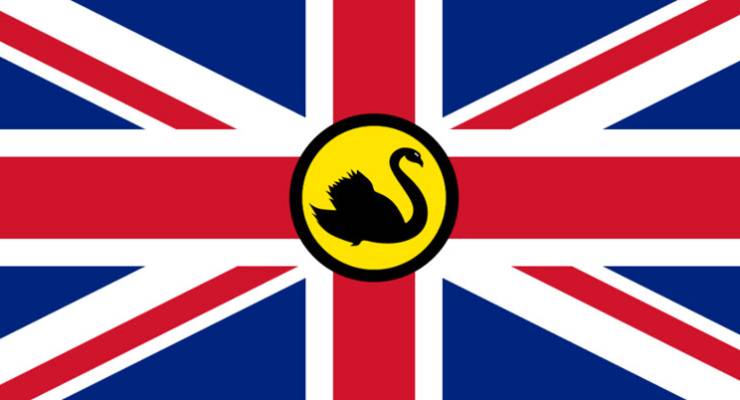
Our founding document’s preamble doesn’t even mention Western Australia, because the state was so reluctant to federate in the first place. By the time the Sandgropers did hop aboard, it was too late for the document to be re-drafted. And they’ve been itching to get out ever since.
The motion put forward by the Brand division of the Western Australian Liberal Party to examine the possibility of WA pursuing secession is just the latest example of those perpetual malcontents trying to unhinge themselves from the rest of the continent and drift off towards South Africa.
On Q&A, back in 2010, then-premier Colin Barnett was asked, “You stated last week that you felt WA was under siege from the federal government. As the only Liberal state, why should WA not secede once and for all?”
While saying he did not favour secession, nor saw much public appetite for it, Barnett did say the introduction of a republic that dissolved the federation and constitution ran the risk of WA not returning. “That’s a distinct possibility,” he said.
So is WA serious about it this time, or is it more bluster? Let’s look back at the history of the WAxit movement and see.
1933
Western Australia is a state that has had four referendums on the issue of daylight saving, and each time has decided change would be too difficult. There was no such small caution in 1933, when the populace was asked whether it wanted to withdraw from federation. The referendum, brought about by Depression-era discontent, was overwhelmingly voted up; two people voted in favour for every one who voted against.
The Australian constitution says the original states are “united in an indissoluble union” and contains no provisions allowing for a state to secede, so a delegation was sent to Westminster to attempt to give the referendum effect. A joint select committee ultimately found that they could not do so without the federal government’s consent.
1974
Mining magnate and father of noted poet Gina Rinehart, Lang Hancock formed the Westralian Secession movement in 1974. The basis of this rumble of discontent was one modern readers would be familiar with: Hancock felt the federal government’s policies around WA’s mineral resources were harmful.
The movement formed a political party and fielded several candidates in the 1974 double dissolution election, but none were elected.
To the present
The idea has bubbled to the surface of Western Australian discourse several times since — usually accompanying an upswing in exploitation of the state’s resources — without ever coalescing into a formal push. The ongoing complaint that Western Australia has gotten a lot less out of its resources boom than it has given to the commonwealth has led to pro-secessionist statements from both sides, most prominently former mines and petroleum minister Norman Moore.
The carve-up of the GST has long been a complaint with governments of both sides, particularly as WA’s deficit has hit record levels. However, according to The West Australian‘s economics editor Shane Wright, secession would only make the debt problem worse, as WA would have to take on its share of the federal government’s debts, pushing its overall debt to over $100 billion. Further, there are the challenges of WA having to set up its own military, currency and immigration systems, assuming it’s even constitutionally possible.
Somehow, though, we suspect this won’t stop the conversation from happening.








Crikey is committed to hosting lively discussions. Help us keep the conversation useful, interesting and welcoming. We aim to publish comments quickly in the interest of promoting robust conversation, but we’re a small team and we deploy filters to protect against legal risk. Occasionally your comment may be held up while we review, but we’re working as fast as we can to keep the conversation rolling.
The Crikey comment section is members-only content. Please subscribe to leave a comment.
The Crikey comment section is members-only content. Please login to leave a comment.